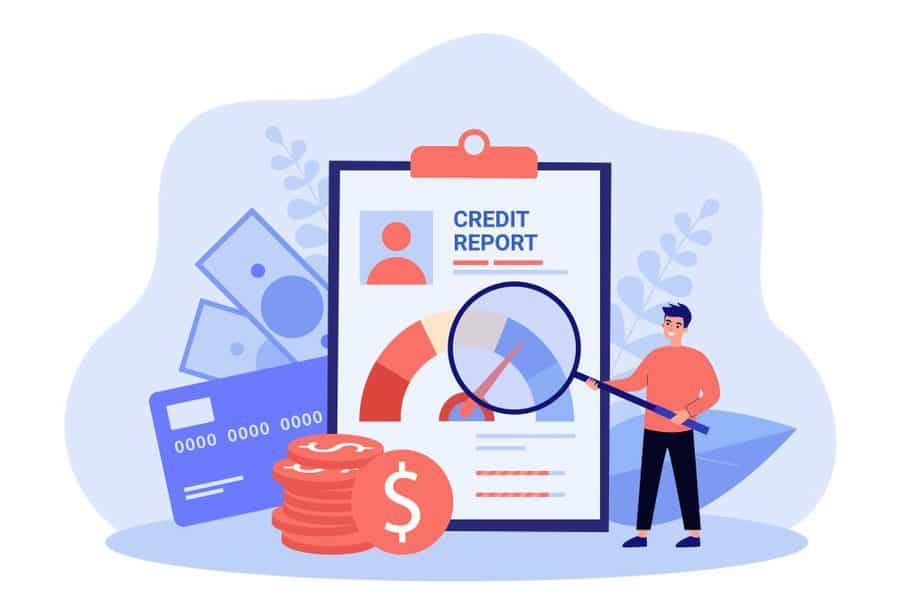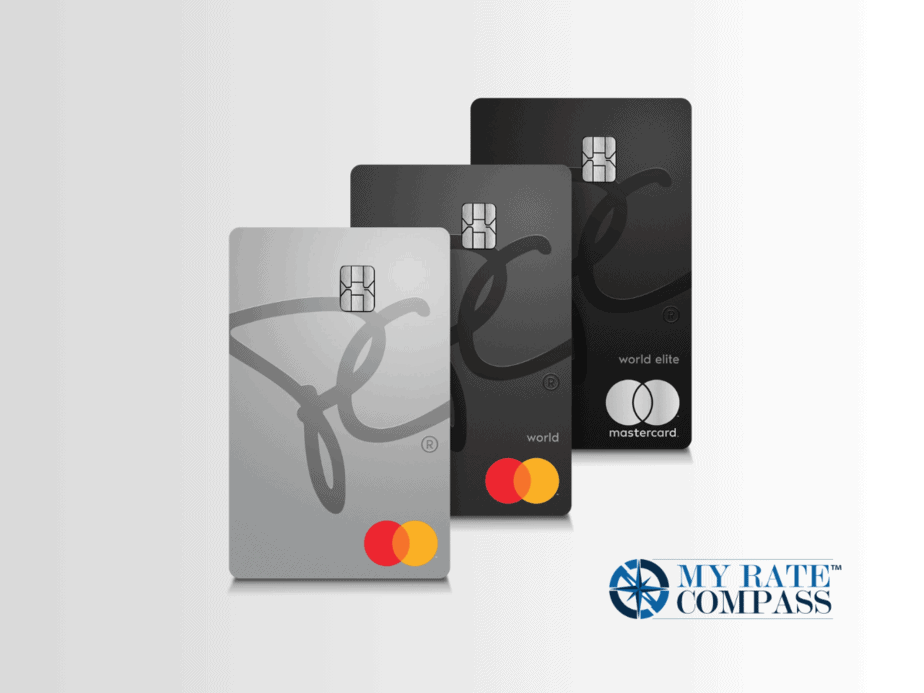Navigating your credit score and trying to improve it can be a confusing and complicated process. Your credit score will influence the outcome of a car loan, credit card or mortgage application. Really anything to do with money and payments can be influenced by your credit score. This is why so many people try to improve their credit. Whether you have good, bad, or limited credit, here are the simplest steps to maintain and improve your score.
If you have no credit or a lower credit score, start with step one. On the other hand, if you have established credit and want to maintain or improve your score, start with step two. From there, all the steps go from the easiest and simplest to harder and more time-consuming.
Step 1: Build credit
If you have no or limited credit, the first step is to build credit history. The easiest way to start is to apply for a secured credit card. As the name implies, these credit cards are secured by a cash deposit. The amount of the cash deposit becomes your credit limit. For example, if you made a $500 cash deposit for your secured credit card, your credit limit would be $500. If you incur expenses of $300 during the month, you would be required to pay your credit card bill of $300. The credit card issuer holds onto your cash deposit, unless you default on your credit card payments or cancel the card.
Secured credit cards are a win-win situation. As the borrower, you can build credit by always paying your credit card bill on time and in full. For the credit card issuer, they are taking on less risk with a borrower that has little or no credit by holding onto a cash deposit.
If you default, the creditor will usually seize the deposit. By always making secured credit card payments on time, you’re building a positive credit history. In addition, creditors will usually offer you a regular, unsecured credit card after making your payments on time and in full consistently. Once you’ve obtained a standard credit card, continue to make payments on time and in full to continue building a positive credit history.
Another option would be to reach out to a friend or family member who has good credit and ask them to make you an authorized user on one of their credit cards or credit accounts. Once they do this, you are essentially piggy backing off their good credit habits, and this will reflect in your score. In this case, the person who adds you as an authorized user does not have to give you the card or account number. You never have to use their credit, they can help you simply by adding you on their account.
After building some credit history, remember to keep your oldest credit account open. This shows you have a good history of borrowing from and paying creditors.
Step 2: Make on time and full payments
Payment history accounts for 35% of your credit score. If you fail to make payments on time and in full, your credit history will suffer. In turn, your credit score will be negatively impacted. A good work around is to make more payments towards one bill. Frequent payments show up as positive activity to credit bureaus thereby improving your credit score.
Step 3: Bring past-due payments up to date
As soon as possible, arrange to bring any dated payments into good standing. Because on-time payments make up to 35% of your credit, past-due payments will damage your score. Paying past-due payments as soon as possible is important. If you are in a tight spot financially, call your creditors and discuss payment options. By communicating with lenders, they are less likely to record the payment as missed and will help you out as you reposition financially.
Step 4: Reduce credit utilization ratios
Debt load or credit utilization is another big factor that affects your credit score. This ratio expresses the amount of credit you’re using against what is available to you. A good benchmark is staying under 30% of what you can borrow. Some strategies for doing this include paying off old debts or making more frequent payments towards debts overtime.
Another strategy to reduce your credit utilization ratio is to contact creditors and ask for a limit increase. An increase in credit will bring your total credit limit up while your debt stays the same. This instantly lowers your credit utilization. However, you may not be eligible for a credit increase and the lender may check your report causing a temporary dip in your score. In addition, you may be tempted to spend more with higher credit limits, so proceed with caution.
Step 5: Don’t apply for too many accounts
Every time you apply for new debt, a hard inquiry appears on your report because the lender checks your score. For this reason, do not apply for too much credit. Even asking for a credit limit increase will result in a hard inquiry on your report. The silver lining is that hard inquiries have a short term impact to your credit score. At the end of the day, if you need new credit, you can endure the temporary hit.
Step 6: Dispute credit errors
If you notice any errors on your credit report, dispute them. You can file a dispute with the Canadian credit bureau, TransUnion and Equifax. This step will remove any big outliers in your credit history, but frequently takes at least six months to process. Even though it takes a while to process, you should still dispute errors so that lenders assess your real financial history.
Improving Credit with Patience
Credit scores will not change overnight, but with patience and by following these steps you will see improvements. Be kind to yourself and work towards a better credit score, while reducing debts. If you have an exceptionally low credit score you may see improvement in as quick as 30 days if you implement these strategies. Cleaning up your credit history is about creating better financial habits that work with credit rating systems. This takes time, but you will get there!






